Scandinavia is home to some of the most beautiful and varied wildlife on earth. The region is home to some of the most northern zones inhabited by animals. If you’d like to spot some of the most unique and interesting wild animals in Scandinavia, then keep reading! The variety of land and water wildlife in Scandinavia is simply staggering, with everything from arctic foxes to walruses and polar bears to whales. These animals are not just interesting to watch, but also provide a lot of benefits to the local communities. From providing food and income to offering a haven for endangered animals. Here are the best animals to spot in Scandinavia.
Beavers
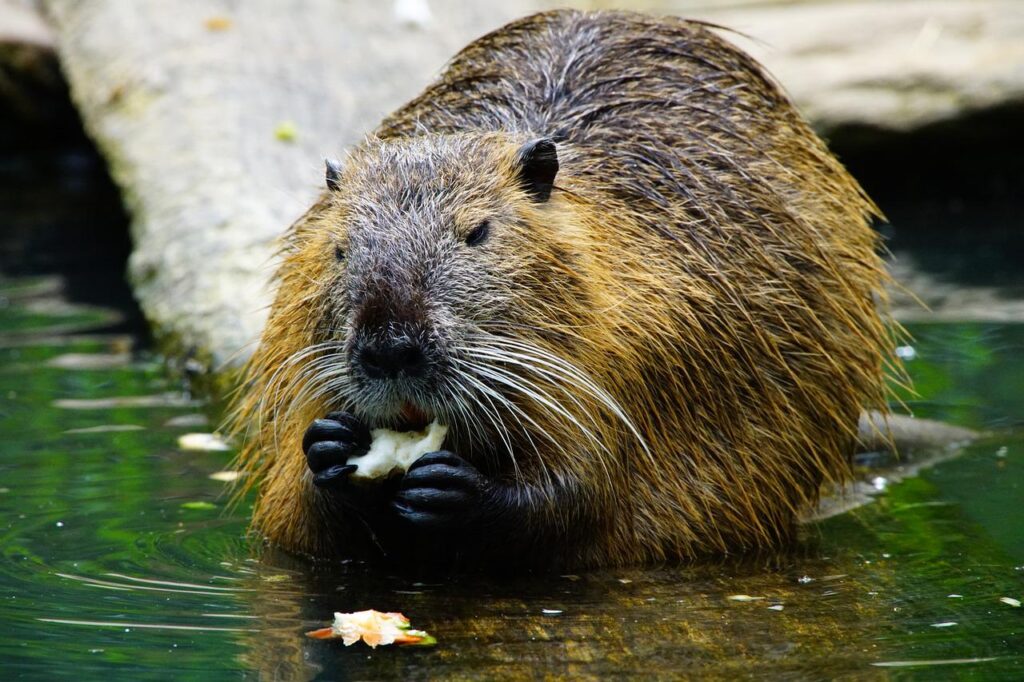
Scandinavian beavers live in highland areas that have large stretches of water close by.with large stretches of water nearby They prefer lowland forests and wetlands where they can create flood protections for their villages. Sometimes beavers build dams to bring water into their territory to make it more suitable for farming and fish farming. Their favorite food is fish and roots like horseradish, which grow in watery areas like ponds or fens (swamps).
Moose
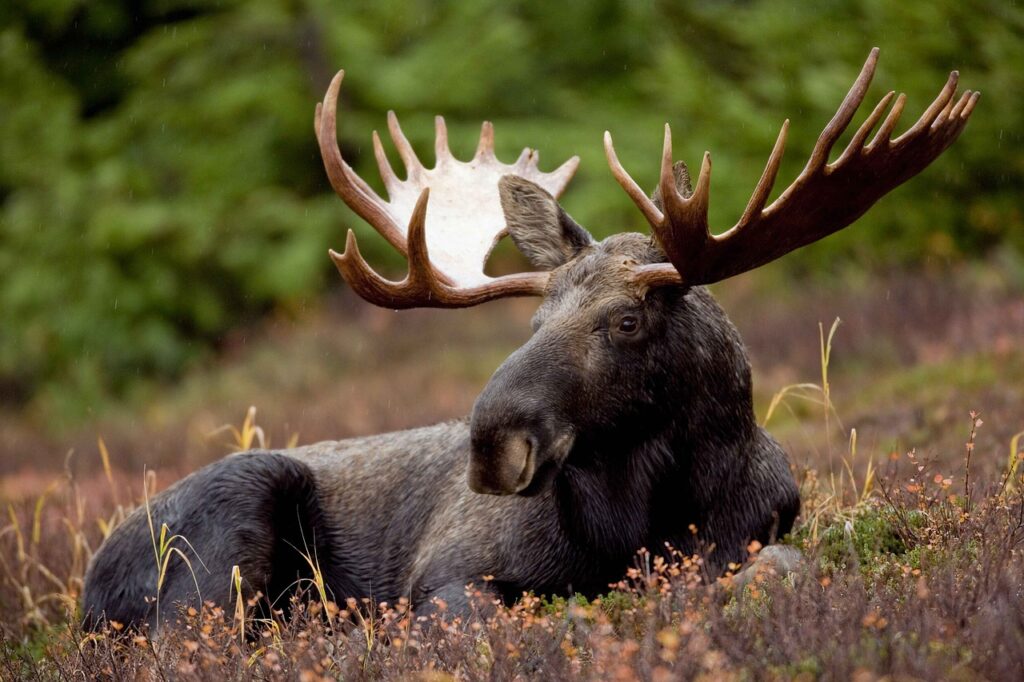
The moose is one of the most iconic animals in Scandinavia. It is a member of the deer family, with huge antlers and distinctive drooping ears. A male moose will grow to be around six feet tall at its shoulder, with females growing slightly shorter at about five feet tall. You can find them all over Scandinavia, especially in Sweden and Norway. You might also see them in Finland or Russia during winter when they migrate south for food!
Wolves
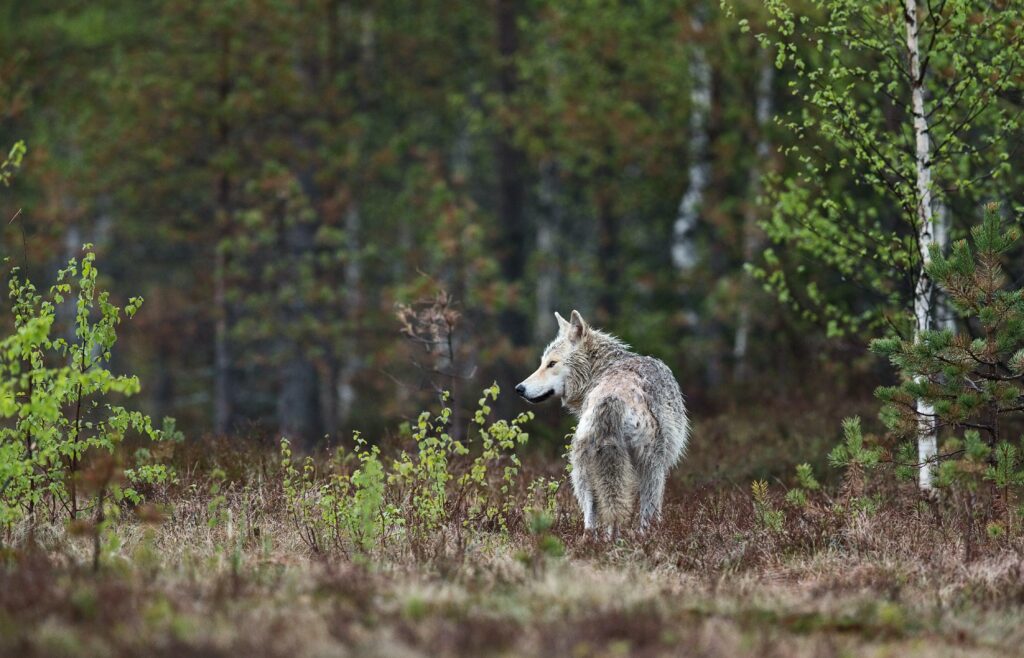
Wolves are an iconic symbol of Scandinavian culture and nature. They were once considered sacred by the Norse people who lived in Scandinavia thousands of years ago. Today wolves are still revered for their strength and intelligence, although they are much rarer than they used to be due to hunting and habitat loss. You can still see them roaming through forests or exploring towns and cities at night — but only if you’re lucky!
Arctic Foxes

Arctic foxes are one of the most common wild animals you will come across in Scandinavia. They are small, nocturnal, and prefer to live in cold environments. The main thing to remember is that they have white fur that camouflages them in their snowy environments. Their coloring also helps them blend in with the snow as they travel from place to place.
When you are out looking for Arctic Foxes, remember where snow-covered Norway meets Sweden or Denmark, where snowmobiles are everywhere.
Bears

Scandinavia is home to three bear species: brown bears, black bears, and polar bears. Brown bears are found all over Scandinavia except for Iceland; they prefer forested areas with thick undergrowth as cover during summer when they are most active. Black bears are more common than brown bears but less so than polar bears; they enjoy living near water sources like rivers or lakes where they can catch fish or frogs. Polar bears live mostly on ice fields but can be found on land too if food becomes scarce during winter. That is when they hibernate in snow caves until spring arrives again.
Lynx
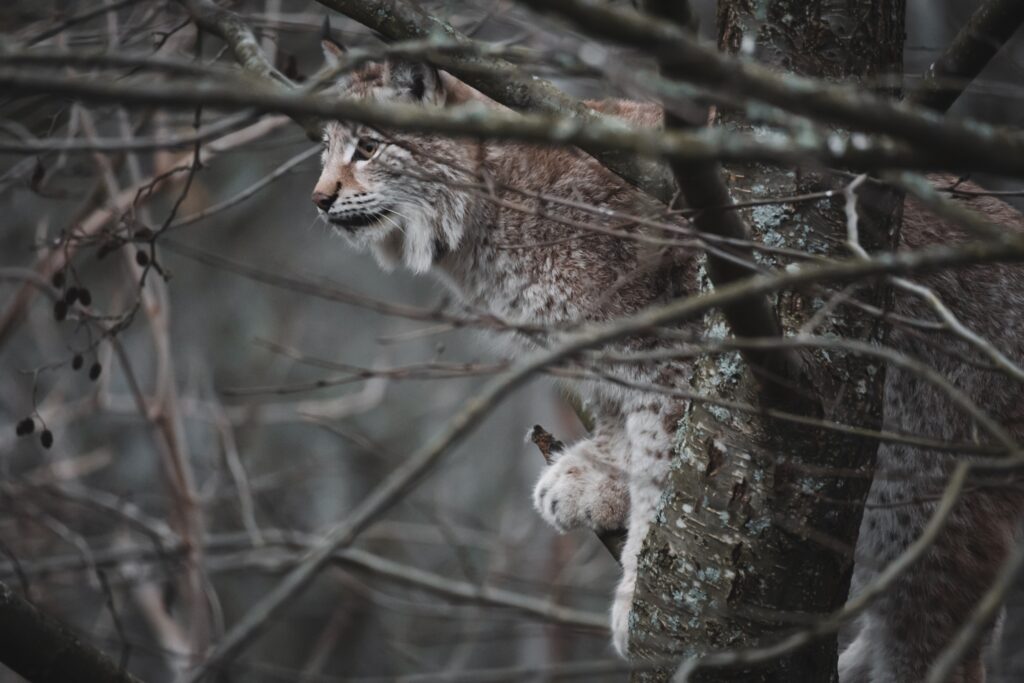
Lynx is a medium-sized feline that lives throughout the Northern Hemisphere. Although they tend to stay away from human populations, occasionally coming across one of these big cats is not outside the realm of possibility for those traveling through Scandinavia. Lynx are at their most active around dusk and dawn, so watch out for them near streams or lakes during these times. You can use Lynx sightings as an excuse to be lazy—after all, seeing a lynx will make your day much more exciting than going to work!
While having a pet lynx might seem fun at first, keep in mind that they are wild animals and may not adapt well to living inside your home or apartment. If you have young children or pets who spend time outdoors with you, it may be wise not to get a pet lynx until they can properly grow up together. Especially if you are worried about something happening to your furry companions. A cat will be fine spending some time outdoors on its own. However, if this worries you too much it might be best not to add a lynx companion into the mix just yet.
Wolverines
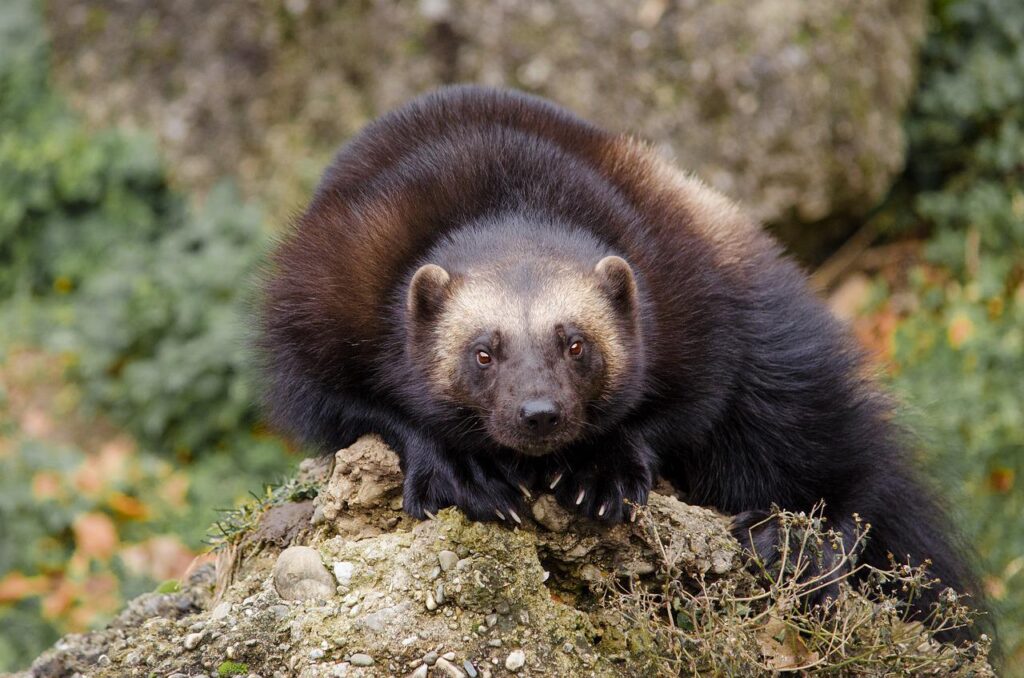
As the largest land-dwelling species of the weasel family, wolverines are formidable enough to take down a reindeer. They are powerful and ferocious, but also solitary and elusive. While they may not be as appealing as other wild animals, they are still something to see for any wildlife enthusiast looking for a new challenge. Wolverines are excellent climbers and swimmers, making them adept at adapting to the wide array of climates they inhabit across the globe. Aside from their limitless adaptability, wolverines are also notable for their physical strength; they have enough power in their jaws to bite through frozen meat or bone. Add that kind of force behind a strong swimmer, and you’ve got yourself one impressive beast!
Wild Boar
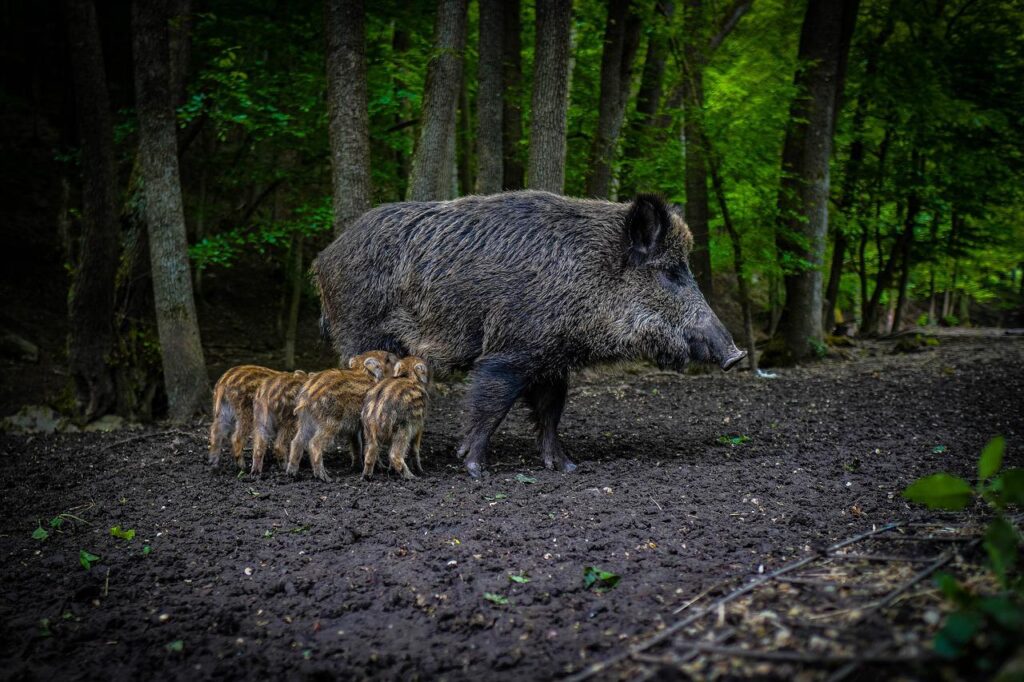
In the Scandinavian region of Europe, there is an estimated 1.5 million wild boars across 20 countries. In Sweden alone, there may be as many as 500,000 of these creatures. It is not uncommon to spot these fierce animals in the forests and swamps of Sweden and Norway. What’s more, this number is growing every year: some experts estimate that the population has been doubling every decade since the early 1900s! That is why they recently recommended to be reclassified from a game animal to a protected species.
Otters
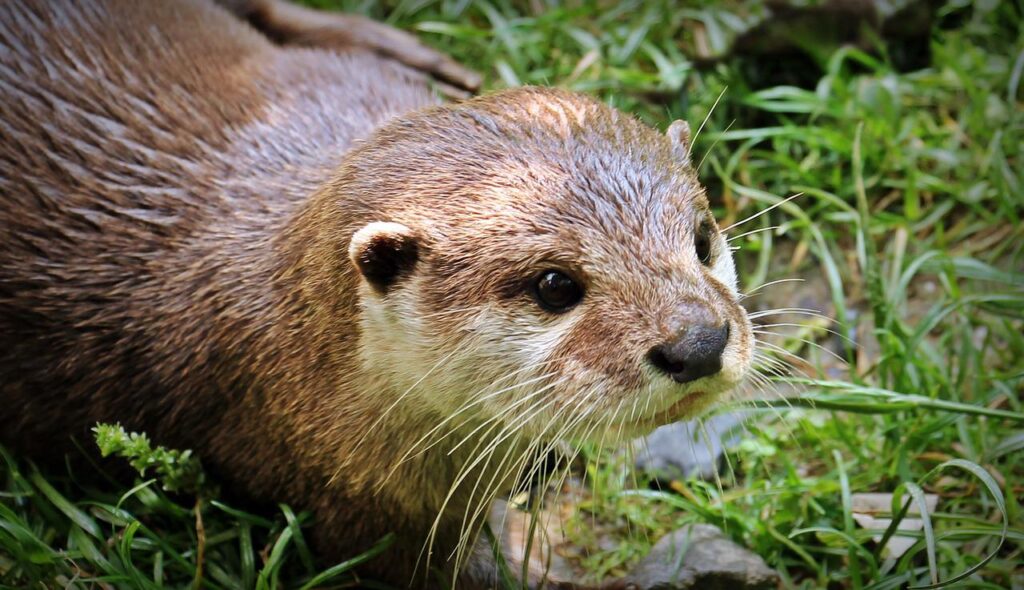
While most people will be delighted by the opportunity to run into an otter in their travels, it is important to remember that these endangered creatures may not want to be approached. If you see one of these beautiful animals in Scandinavia, please respect its surroundings and give it a wide berth. Scandinavian otters are particularly shy, and the best way to observe them is by night. These nocturnal hunters will head out under the cover of darkness (as they are also prey for other animals) and search for fish or crustaceans in lakes, rivers, and coastal areas.
Reindeer
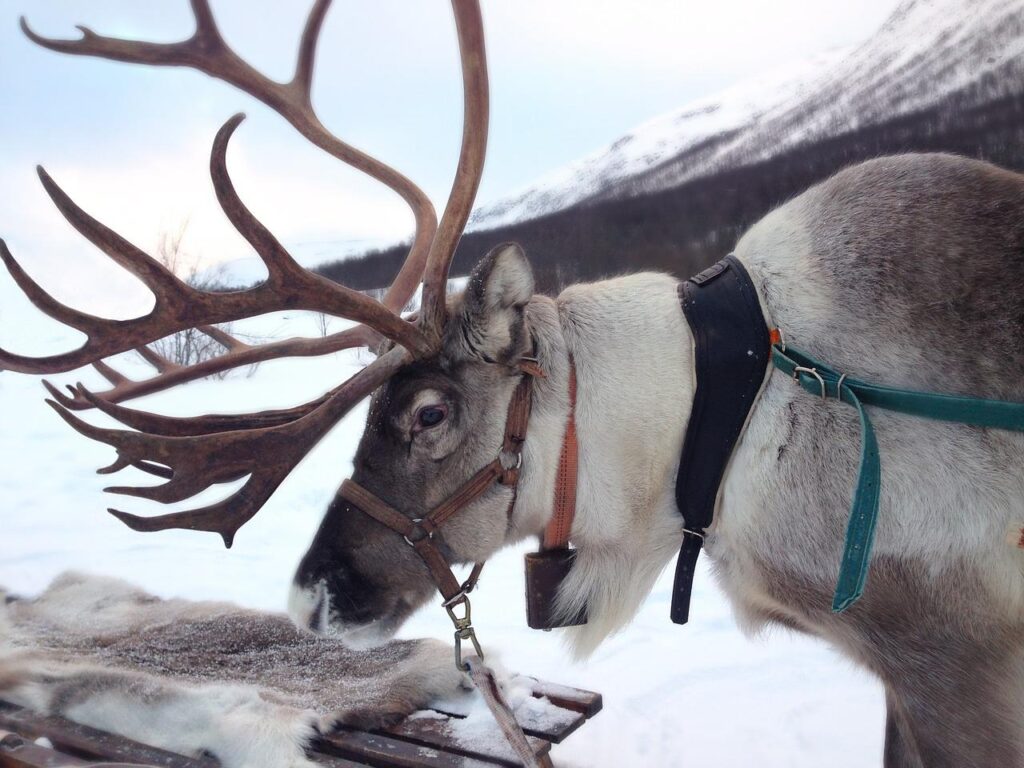
The most common species of deer found in Scandinavia is reindeer. This species is also known as caribou and moose in North America and Europe respectively. Reindeer live in herds and migrate with their calves every year between warmer regions during winter and cooler areas during summer. They are herbivores, so they feed on plants such as lichen and mosses during summer when they live in alpine meadows at higher altitudes.
Conclusion
Considering all the opportunities for wildlife-related activities in Scandinavia, it is hard to narrow down the possibilities. But if you’re interested in seeing animals in their natural habitats, these top six animals to spot should be on your list. They are beautiful, they are interesting to learn about and they may even inspire a future career as a wildlife photographer. And if you get lucky, you may even see more than one of them.

Pingback: The Best Wild Camping Spots in Sweden - True Scandinavia